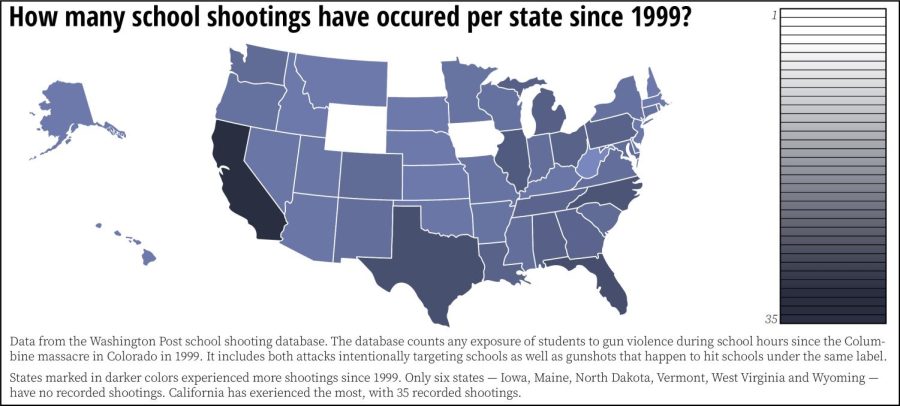By Gwen Schanker, editorial columnist
As a double major in journalism and biology, I have exposure to many different types of Northeastern courses that can essentially be broken down into two categories: Paper-oriented, deep-thinking, comfort-zone-expanding journalism classes and conceptual, complex biology classes interspersed with exams.
Many of the journalism classes are designed to prepare me to live a reporter’s life. For example, my current digital storytelling class requires every student to keep a regular blog. In many of my classes, I’m expected to be comfortable interviewing everyone from my fellow students to high-profile researchers. Facing deadlines, critical editing and cold calls in these classes mimics the life I would have were I actually working in a newsroom – albeit on a much smaller scale.
My science classes, on the other hand, are designed to establish a fundamental knowledge base in biology, chemistry and other key disciplines. Every science class I’ve taken has been a unique experience, but as a group, these classes are characterized by problem sets, flashcards and library study sessions – all of which are an attempt to understand the flood of information that comes at me every class session. However, unlike the journalism classes, my biology courses don’t generally exemplify the life of a scientist. The accompanying lab courses provide a hands-on component and a practical way to address the core concepts of the class, but are only a small window into what the day-to-day life of a scientist is like.
As an aspiring science journalist, I expect to interact with researchers almost daily in my future job. While my double major provides a relevant foundation for my career, I also want to experience firsthand the challenges – and excitement – of being a researcher. For that reason, I took a volunteer position with my genetics professor, Christopher Richardson, last year, which has continued through this year.
Richardson studies bat ecology, or more specifically, how severity of white-nose syndrome in bats in the northeast affects their metabolic ability. In addition to learning about the bat scientist community – something I wouldn’t know existed were it not for this position – I have made many graphs comparing how different variables affect a bat’s immune response, including year and location of capture, severity of wing damage (rated on a scale of 0 to 3) and pregnancy stage. By comparing all of these variables, Richardson hopes to gain a better picture of what determines how a bat will respond to the disease. To better solidify that aim, I’ve also helped to compile lists and descriptions of the major comparisons, which Richardson makes use of when presenting at national bat meetings.
In addition to developing a more comprehensive knowledge base of scientific techniques and protocol, by far the most beneficial part of this research experience is that it allows me to experience firsthand the meticulous attention to detail, late nights in the lab and critical thinking that go into attacking even one small facet of a research question.
Science is universally frustrating, but it’s also exciting. Each step forward has the potential to uncover new information. Climate scientists study minute changes in an organism’s food web that, down the line, may alter the entire ecosystem. In climate research, Richardson’s area of study or any other, it’s important to pay painstaking attention to detail in order to either avoid a major mistake or allow an important breakthrough. Taking part in Richardson’s research has not only granted a better understanding of how scientific progress works, it’s also given me a better idea of how to write about it.















